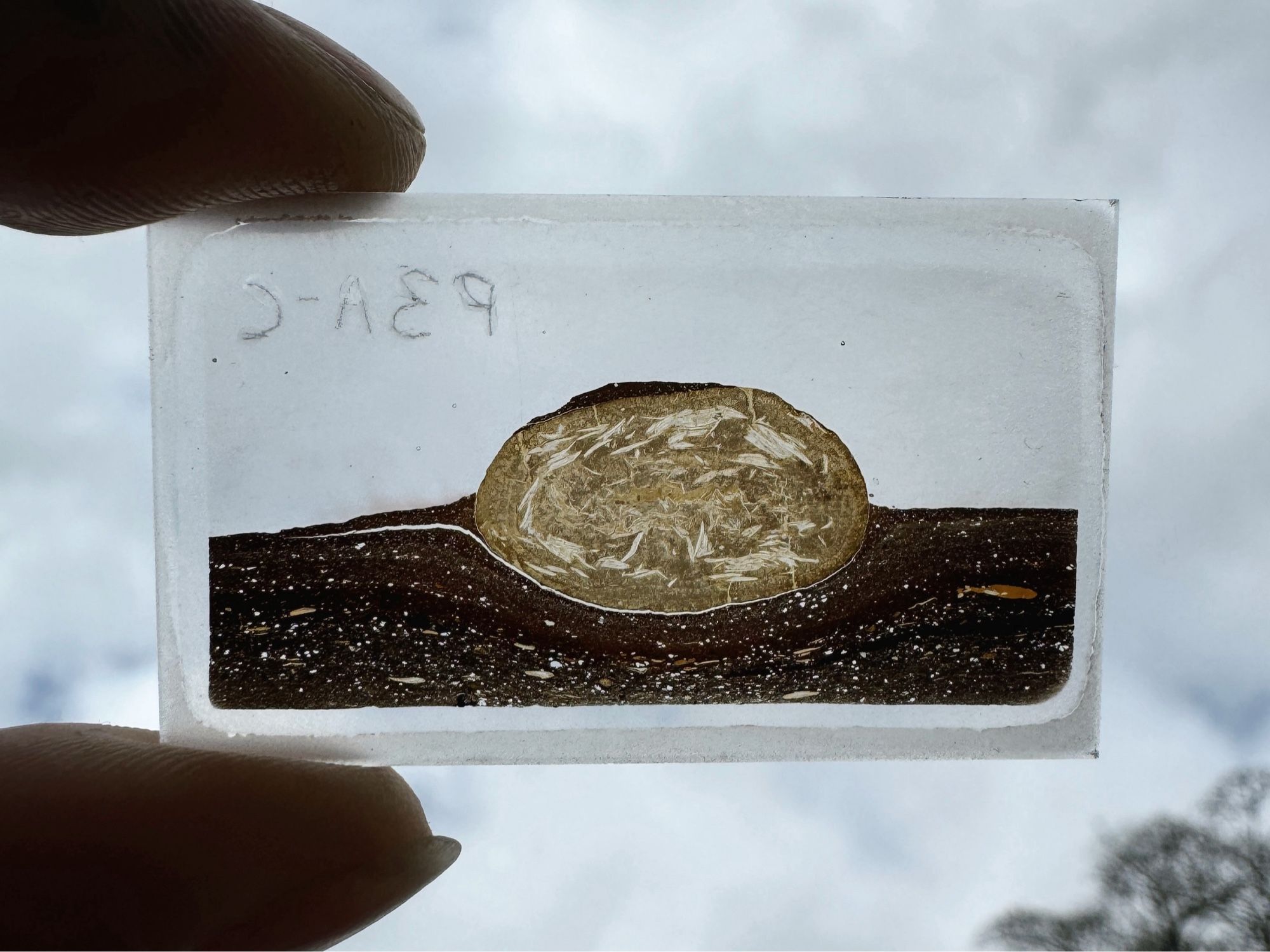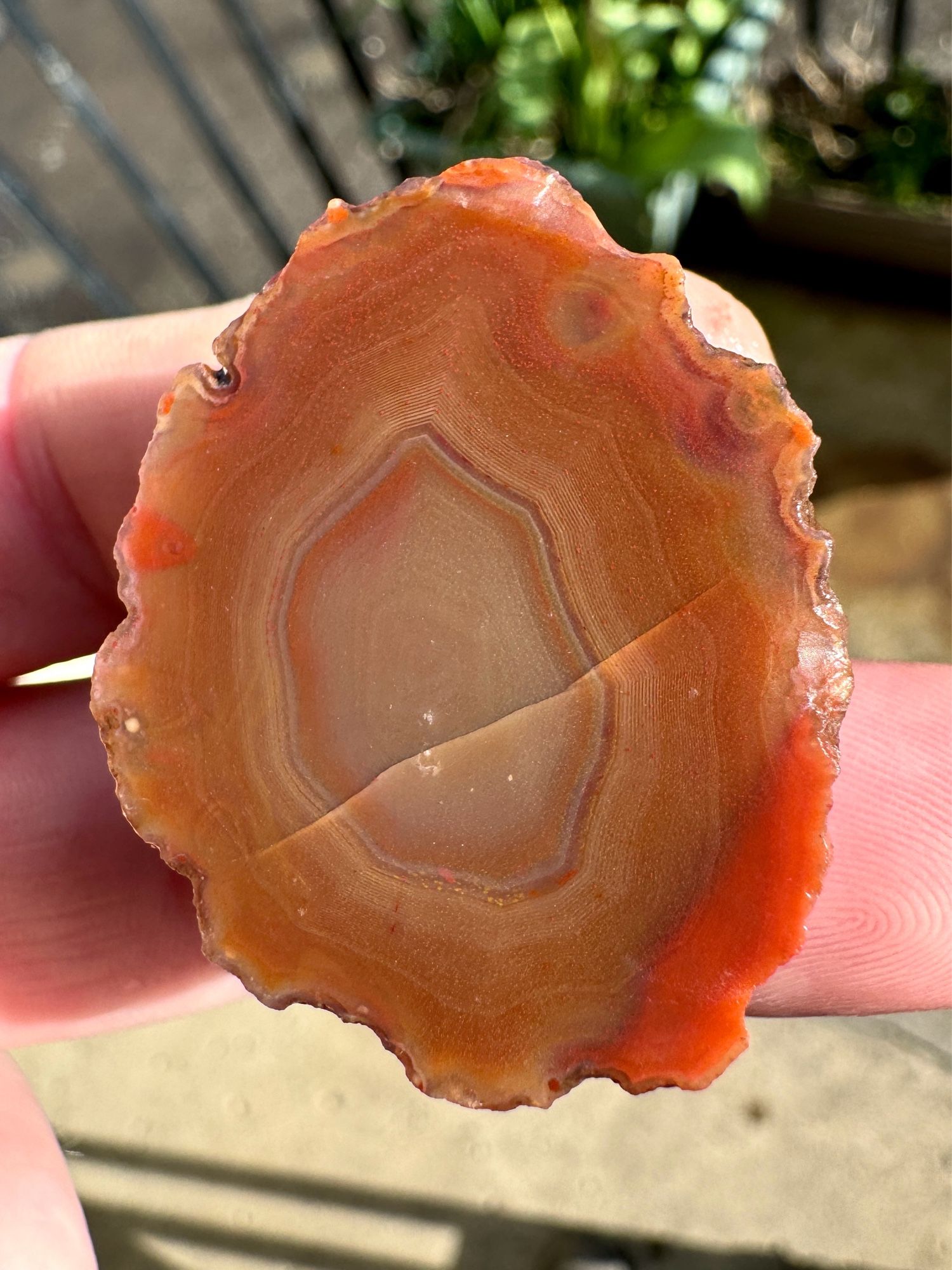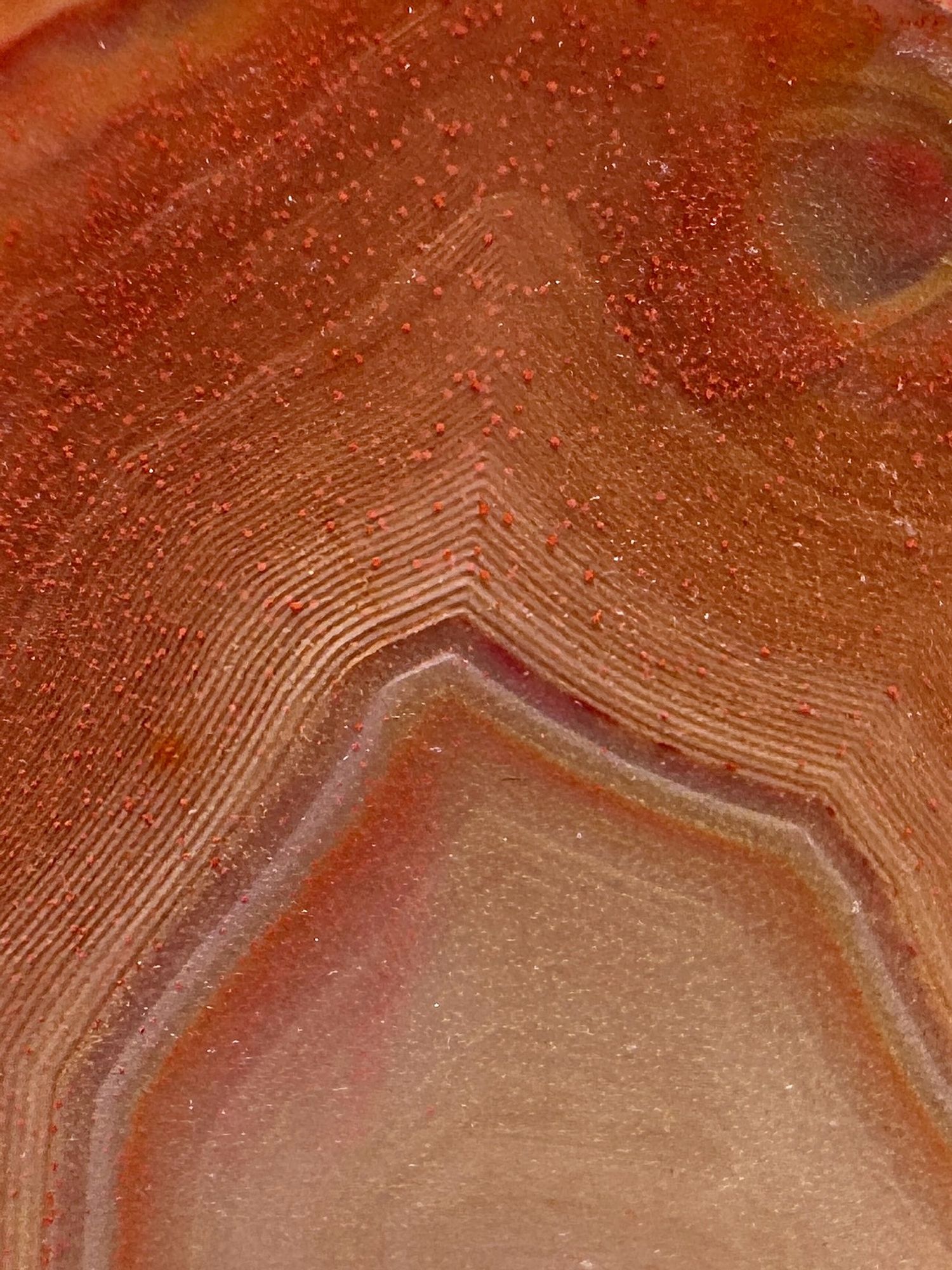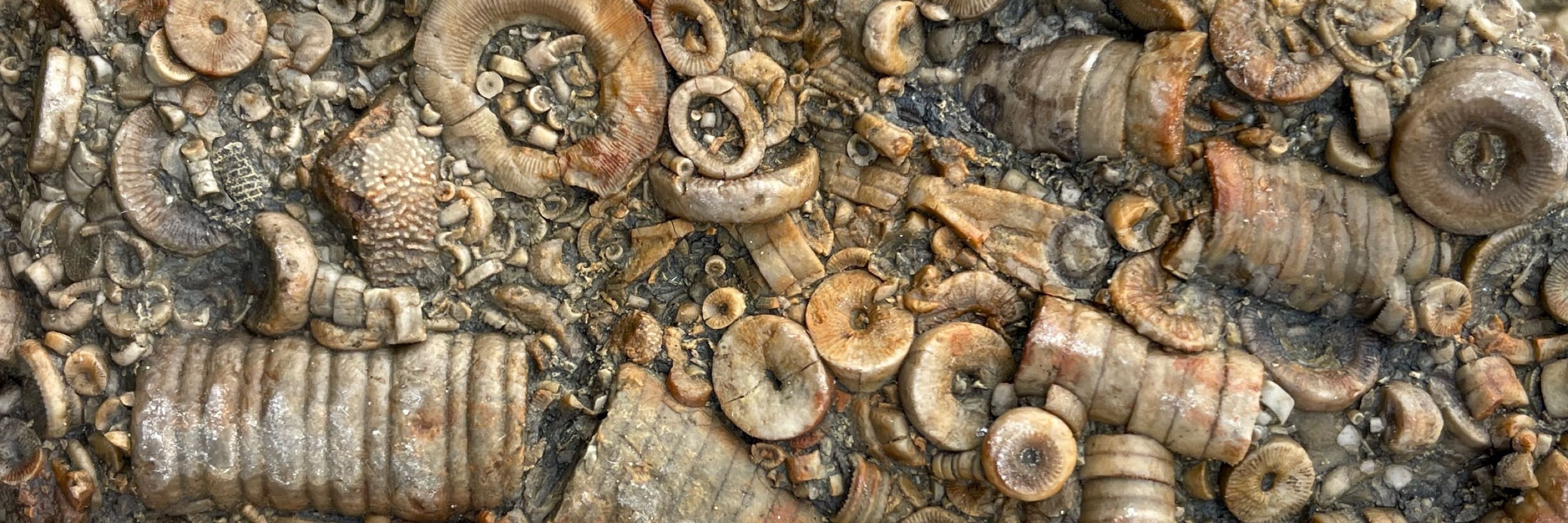
The Scottish Geology Trust will be at the Fife Show tomorrow from 8:30 - 5pm, come say hello! We’ll have a selection of awesome rocks & fossils, including pebbles from the Devonian conglomerates on the Angus coast - like this veiny epidote beauty 🖤
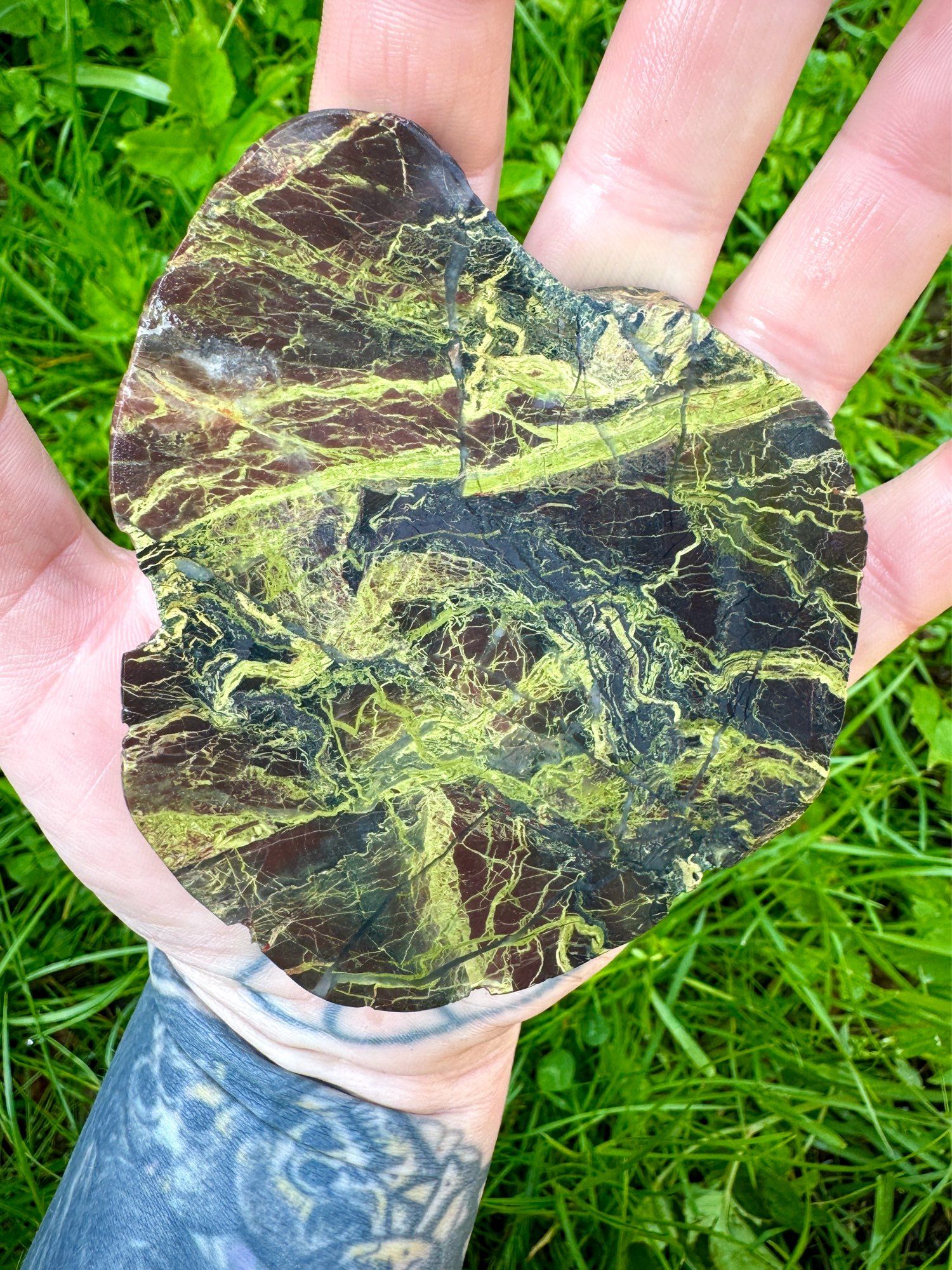
I love the diversity in materials, colours & textures you find in colliery bing. Older spoil heaps often contained a high % of coal & wasn’t well consolidated, allowing air to circulate. Add in heat from oxidising pyrite & you have the perfect conditions for burning bing & baked rocks 🔥
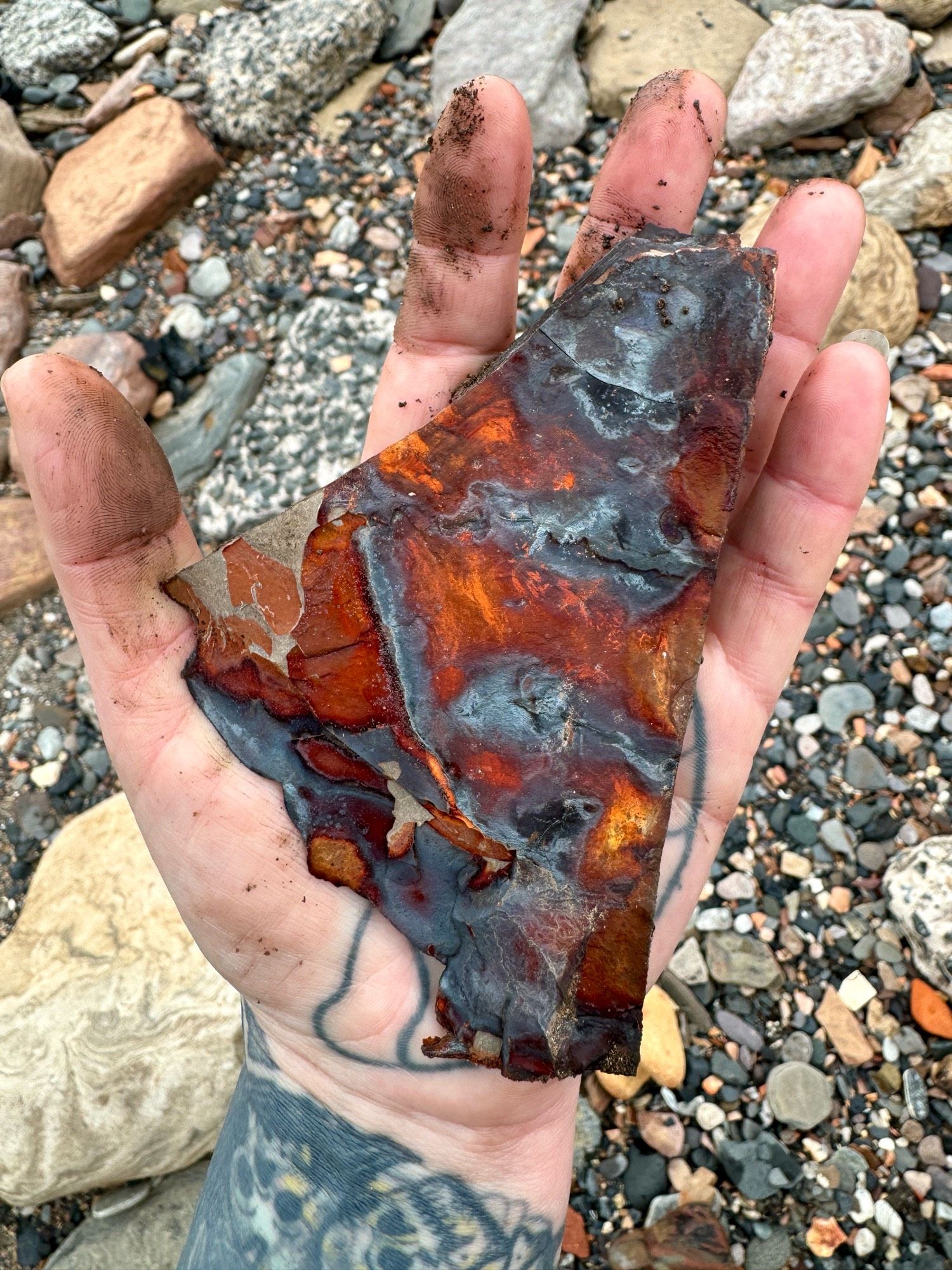
I’ve had both my palms gone over twice, doesn’t hurt!
The Carboniferous mussel-bands are characterised by their rich assemblage of non-marine bivalves. They are widely recognised for their importance in biostratigraphy and have been used extensively throughout the midland valley for coal seam correlation 🖤 #FossilFriday

My nose is currently lovely & swollen because I finally got my high nostril piercings done! I hate how my glasses constantly slide off my face while I’m looking at rocks, & I’ve always thought these would be an ideal solution (once they’re healed though!) 😂

Here’s some beautiful pink and white calcite slickenfibres on faulted carboniferous limestone for #MineralMonday 🖤




